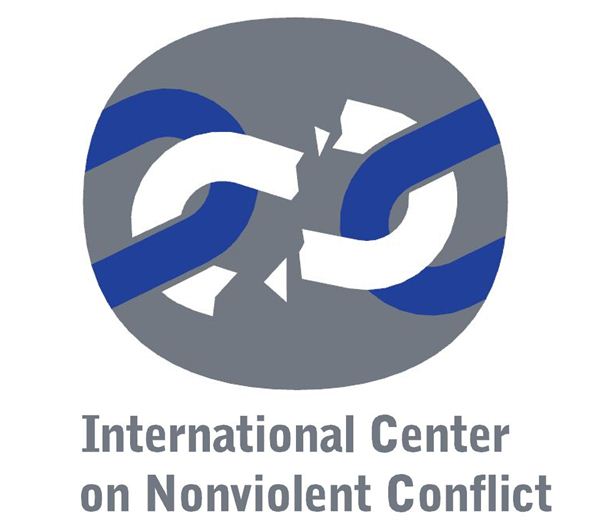The demonstrations at summits of international economic and financial bodies, which began at the WTO Seattle summit in December 1999, involved various forms of nonviolent direct action (and more violent forms promoted primarily by the Black Bloc anarchists), and quite often violent retaliation against protesters by the police. Police violence was particularly extreme at Genoa in 2003 where almost 100 were injured in a police raid. Summits began to avoid confrontation with protesters by choosing remote venues and requiring extensive security measures. When the G.8 went to a small village in Perth in July 2005, campaigners converged instead on Edinburgh. Striking forms of nonviolent protest at summits included Korean farmers jumping into the harbour at Hong Kong during the December 2005 WTO summit and two Greenpeace dinghies attempting to deliver a petition to G8 leaders meeting in June 2007 at Heligendamm from the Baltic sea.
A.6.b.i. Demonstrating at Global Summits
An in depth look at the Genoa G.8 summit in 2001, and European Social Forum, from protesters’ point of view, based on survey of 800 activists at Genoa and 2,400 participants in 2002 Florence European Social Forum.
On Seattle.
Participant observation study of Global Justice Movement, centred on case study of Summit of the Americas in Quebec City 2001.
On 10th anniversary of closing down WTO summit at Seattle, author celebrates the setbacks of the WTO since. He notes broadening of movement, illustrated by role of migrant workers and women’s rights groups from across Asia leading protests at WTO 2005 Hong Kong summit.
The authors, who took part in protests at summits, from the 1999 WTO demonstrations in Seattle to the 2007 G.8. protests in Heiligendamm (Germany), analyze direct action at 20 summits and how government social control (including a Berlin-type wall at Heiligendamm) limits space for dissent.

 The online version of Vol. 1 of the bibliography was made possible due to the generous support of the
The online version of Vol. 1 of the bibliography was made possible due to the generous support of the  The online version of Vol. 2 of the bibliography was made possible due to the generous support of
The online version of Vol. 2 of the bibliography was made possible due to the generous support of